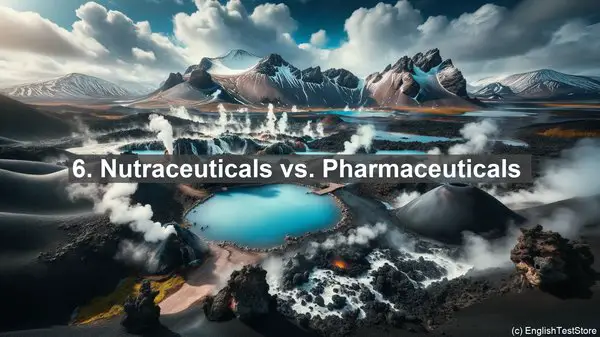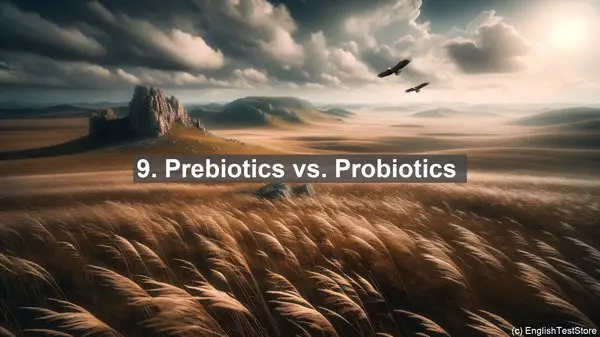Introduction
Welcome to today’s lesson on nutritional genomics. In this lesson, we’ll be discussing the top 10 commonly confused words in this field. Understanding these terms is crucial for your studies, so let’s dive right in!

1. Nutrigenetics vs. Nutrigenomics
The terms nutrigenetics and nutrigenomics are often used interchangeably, but they have distinct meanings. Nutrigenetics focuses on how our genes influence our response to nutrients, while nutrigenomics explores how nutrients affect gene expression. Remember, genetics is about genes, and genomics is about the entire genome.
2. Macronutrients vs. Micronutrients
Macronutrients and micronutrients are both essential for our health, but they differ in quantity. Macronutrients, like carbohydrates, proteins, and fats, are needed in larger amounts, while micronutrients, such as vitamins and minerals, are required in smaller quantities. Think of it as ‘macro’ for big and ‘micro’ for small.
3. Genotype vs. Phenotype
In the context of nutritional genomics, genotype refers to our genetic makeup, the genes we have. Phenotype, on the other hand, refers to the observable traits or characteristics that result from the interaction between our genes and the environment, including our diet. Genotype is the potential, and phenotype is the expression.
4. Epigenetics vs. Genetics
Epigenetics is the study of changes in gene expression that don’t involve alterations in the DNA sequence itself. It’s like a switch that can turn genes on or off. Genetics, on the other hand, focuses on the DNA sequence and the inheritance of traits. Epigenetics adds another layer of complexity to the genetic puzzle.

5. Bioavailability vs. Absorption
Bioavailability and absorption are related but not the same. Bioavailability refers to the proportion of a nutrient that is absorbed and can be used by the body. Absorption, on the other hand, is the process by which nutrients are taken up by the cells. Bioavailability is influenced by factors like the form of the nutrient and its interactions with other compounds.
6. Nutraceuticals vs. Pharmaceuticals
Nutraceuticals and pharmaceuticals are both used for health purposes, but they differ in their origin and regulation. Nutraceuticals are derived from food sources and are often considered as dietary supplements. Pharmaceuticals, on the other hand, are synthesized in a laboratory and undergo rigorous testing and regulation before they can be prescribed.
7. RDA vs. AI
RDA and AI are both reference values for nutrient intake, but they have different purposes. RDA, or Recommended Dietary Allowance, is the average daily intake that meets the nutrient requirements of most individuals. AI, or Adequate Intake, is used when there isn’t enough data to establish an RDA. It’s a more general recommendation.
8. Nutrigenomics vs. Nutritional Genomics
Nutrigenomics and nutritional genomics are often used interchangeably, but there’s a subtle difference. Nutrigenomics is the study of how nutrients and genes interact, while nutritional genomics is a broader term that encompasses not only the molecular aspects but also the impact of diet on health and disease.
9. Prebiotics vs. Probiotics
Prebiotics and probiotics are both beneficial for our gut health, but they have different roles. Prebiotics are non-digestible fibers that serve as food for the beneficial bacteria in our gut. Probiotics, on the other hand, are live bacteria or yeasts that, when consumed, can confer health benefits. Think of prebiotics as the ‘food’ and probiotics as the ‘good bacteria.’
10. Nutrient Density vs. Energy Density
Nutrient density and energy density are two concepts related to food composition. Nutrient density refers to the amount of nutrients, like vitamins and minerals, in a given portion of food. Energy density, on the other hand, is the number of calories in that same portion. Choosing foods that are both nutrient-dense and low in energy density is ideal for a balanced diet.
